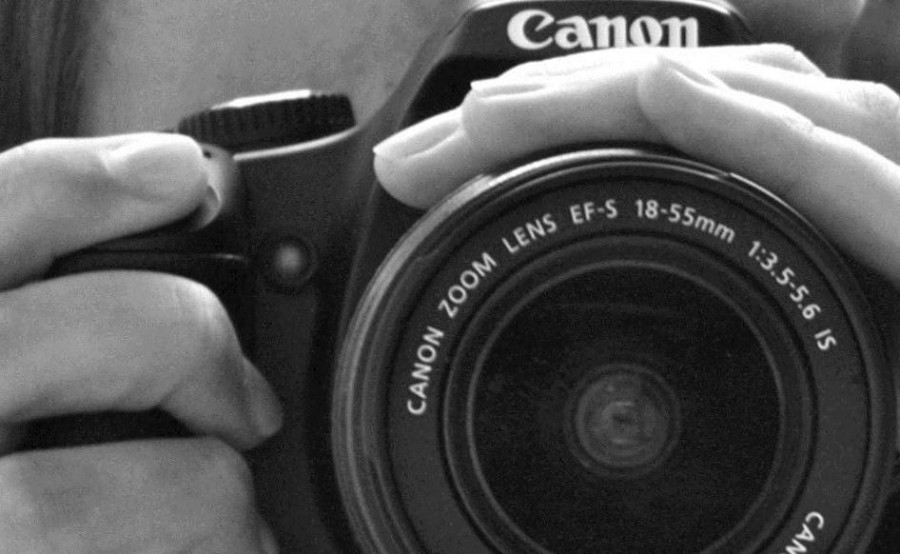You submit your most eloquent haiku or an artsy photograph to the Kaleidoscope, Langley’s annual literary arts magazine, in February. It’s likely you won’t see it again until four months later, as you flip through pages of colorful student pieces.
So what happens in between? Who decides what gets published? How do the wide-ranging submissions become one final product?
Once received, submissions are separated into three main categories: art, writing, and photography. Staffers then sort through them, compare them to other pieces in their category, and decide which ones will be published by a majority vote.
“We try to ignore the person’s name, grade, etc. and aim to judge based on their work only, said junior Katherine Tan, who is one of the two Editor-in-Chiefs, “We get a lot of talented artists and writers every year, so it’s always hard to decide because there are only so many pages of the magazine.”
“Some people complain about senior favoritism in the magazine, which isn’t true – it’s just that the majority of our submissions come from seniors, and we’d really love to see more underclassmen submissions in the future,” adds Editor-in-Chief Jessica Ji.
Once the winning entries have been chosen, the Kaleidoscope staff designs the pages of the magazine, adding backgrounds and arranging pieces to make the final product more interesting. The booklet is eventually published and Langley students receive a copy with their yearbook.
“We really appreciate the risk people take in sending us their works, so we want to reciprocate by giving them a place to display them where everyone can see them,” said Ji.
Tan agrees, saying, “I think the Kaleidoscope is a great way to represent the level of creativity we have here at Langley. We have a pretty good reputation here in academics, and I think the magazine is a way to recognize the more artistic or creative side of the school.”


